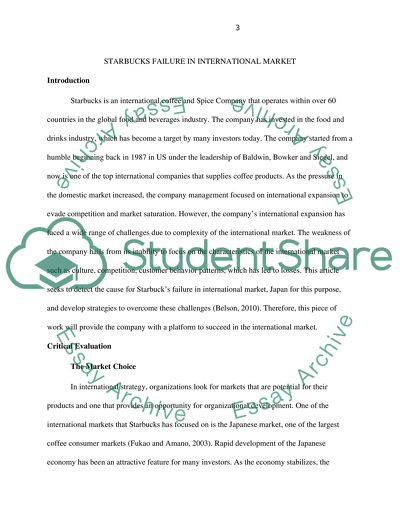Cite this document
(“Starbucks Failure in International Market Essay”, n.d.)
Starbucks Failure in International Market Essay. Retrieved from https://studentshare.org/marketing/1681769-critically-evaluate-the-primary-cause-of-failure-in-entering-an-international-market-by-a-company-of-your-choice
Starbucks Failure in International Market Essay. Retrieved from https://studentshare.org/marketing/1681769-critically-evaluate-the-primary-cause-of-failure-in-entering-an-international-market-by-a-company-of-your-choice
(Starbucks Failure in International Market Essay)
Starbucks Failure in International Market Essay. https://studentshare.org/marketing/1681769-critically-evaluate-the-primary-cause-of-failure-in-entering-an-international-market-by-a-company-of-your-choice.
Starbucks Failure in International Market Essay. https://studentshare.org/marketing/1681769-critically-evaluate-the-primary-cause-of-failure-in-entering-an-international-market-by-a-company-of-your-choice.
“Starbucks Failure in International Market Essay”, n.d. https://studentshare.org/marketing/1681769-critically-evaluate-the-primary-cause-of-failure-in-entering-an-international-market-by-a-company-of-your-choice.


